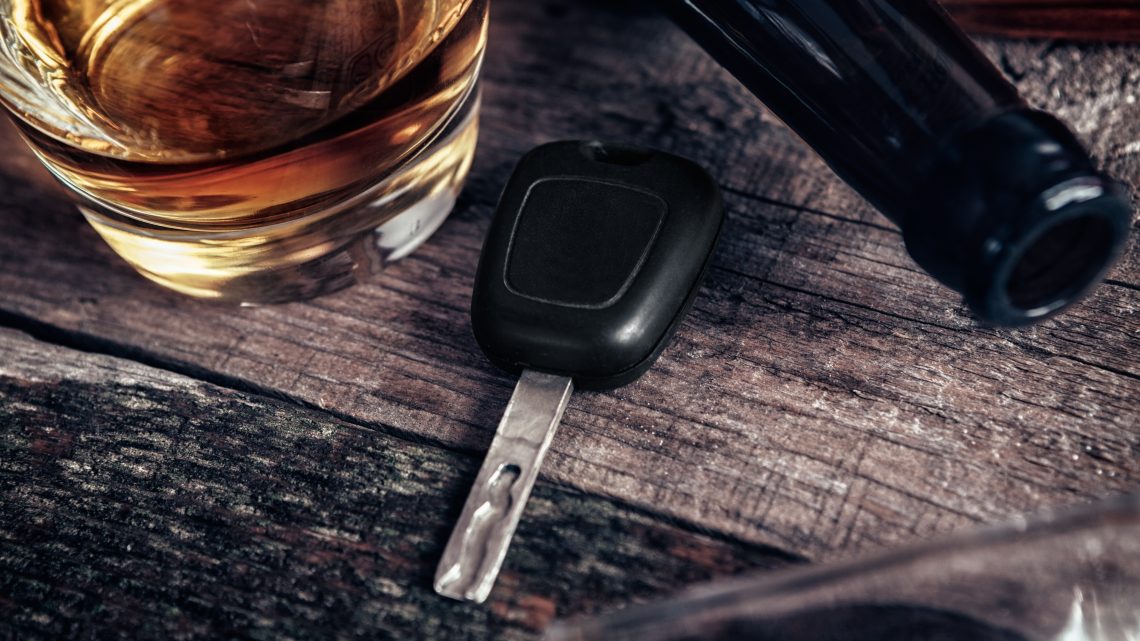As a defendant in a criminal DUI case, you may encounter a piece of technology known as the SCRAM bracelet. Some courts are requiring SCRAM bracelets as part of a defendant’s sentence in cases such as driving under the influence (DUI) crimes to prevent the consumption of alcohol. Learn more about this type of technology and how it might affect you with help from an attorney.
About the SCRAM Bracelet
The acronym SCRAM stands for Secure Continuous Remote Alcohol Monitoring. A SCRAM bracelet is an ankle monitor that detects the presence of alcohol in the wearer’s sweat. The purpose of this monitor is to ensure someone does not drink alcohol. It continuously checks for alcohol 24/7.
A judge may order a SCRAM bracelet if not drinking is a stipulation of an offender’s sentence, such as in a DUI, domestic violence, underage drinking, or similar type of case. A SCRAM bracelet keeps an offender culpable without requiring regular in-person checks or alcohol tests. If this device is required, the defendant will most likely have to wear it for 60 to 90 days. In some cases, however, the monitor is required for a year or longer.
SCRAM ankle alcohol monitors work by detecting even minute amounts of alcohol expelled from the body via the sweat glands. The body expels about 1% of alcohol through sweat. Most SCRAM monitors check the wearer’s sweat using transdermal testing once per hour to calculate alcohol levels. Then, the bracelet automatically sends the test results to a regional monitoring center.
Who Has To Pay for a SCRAM Bracelet?
State laws may differ but it is generally the offender’s responsibility to pay to purchase or lease and maintain a SCRAM bracelet, as well as pay the monthly monitoring service. This is no small fee; the monitoring costs alone can range from $10 to $15 per day. The device itself can cost a few hundred dollars, as well, plus $50 to $100 for installation.
What Are the Penalties for Drinking With a SCRAM Bracelet?
A SCRAM bracelet sends a report to the proper authorities immediately if the wearer tests positive for alcohol or tries to tamper with the bracelet. Drinking alcohol with a SCRAM bracelet could be a direct violation of an offender’s parole or probation. This is an infraction that can result in jail time, fines and/or termination of probation.
False positives are rare with SCRAM bracelet technology, which is sensitive and advanced enough to distinguish alcohol that has been ingested from alcohol spilled on the bracelet or present in the environment, such as perfumes that contain alcohol. The accuracy of transdermal testing makes it difficult for an offender to argue that the bracelet administered a false positive. It is possible, however, if the defendant has evidence of a specific device malfunction.
Do SCRAM Bracelets Have GPS?
Yes, most SCRAM bracelets are also equipped with GPS (Global Positioning Systems). This will be the case if the defendant is also placed on house arrest as part of his or her sentence. The GPS feature on a SCRAM bracelet allows the courts to enforce the terms of house arrest by tracking the defendant’s position and movements. If the offender leaves the permitted area, the ankle monitor will automatically notify the authorities.
When To Speak to a DUI Defense Attorney
If you are facing criminal charges for a crime involving drugs or alcohol, such as driving under the influence, consult with a DUI lawyer. A DUI defense attorney can represent your best interests during the criminal court process, negotiating for the best possible outcome on your behalf.
If a judge mandates that you wear a SCRAM bracelet as part of your sentence, your lawyer can help you understand what this means and how it may affect you. A lawyer can also help defend you if there are issues with your ankle monitor, such as a device malfunction. Contact us online to get in touch with an experienced DUI lawyer.



No Comment